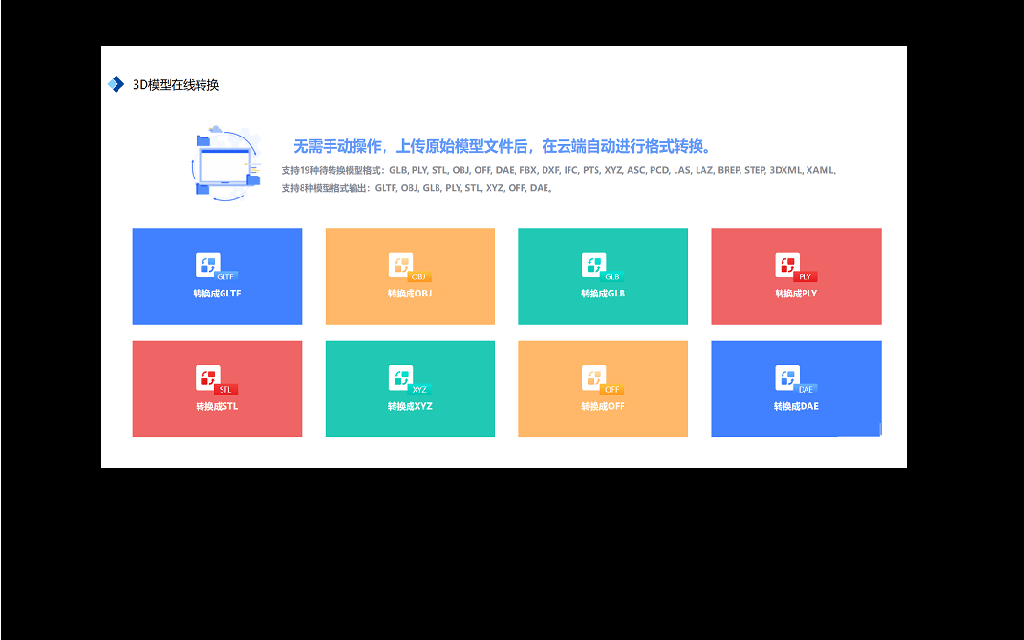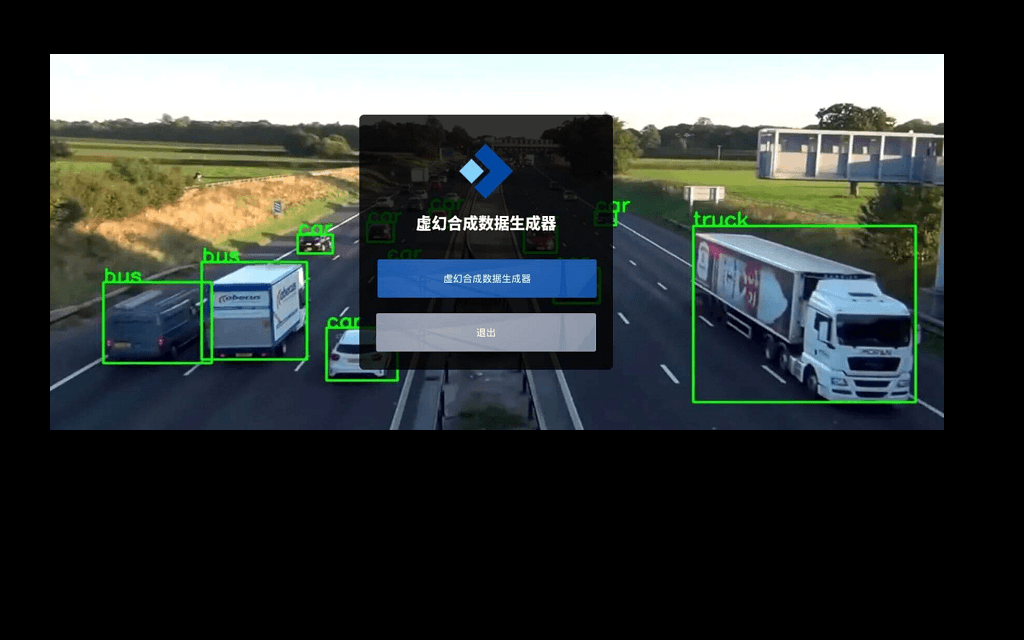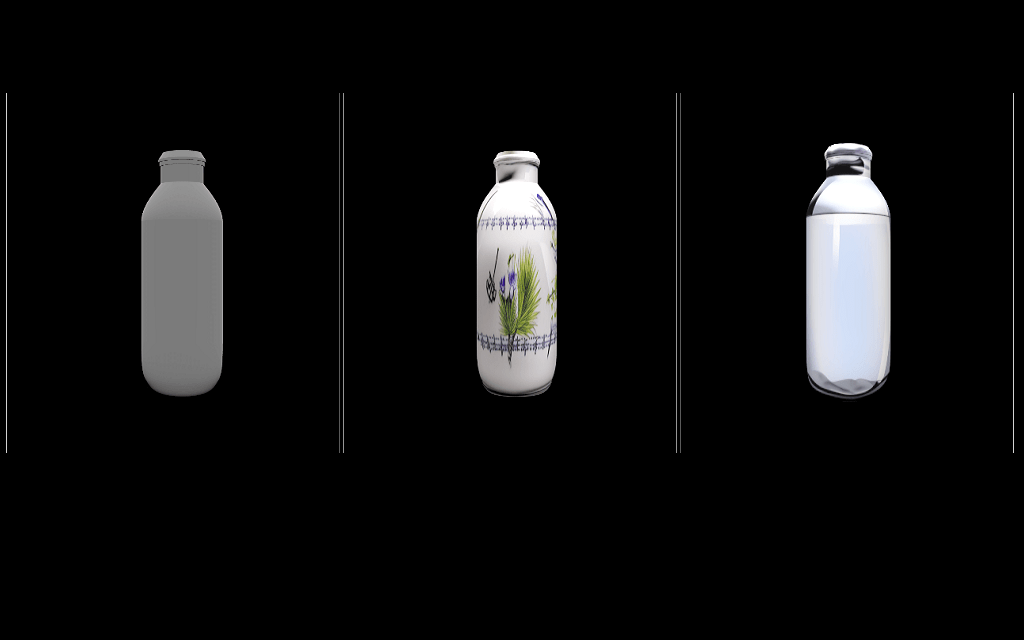<!-- header start --> <!-- 200823 --> <div style="width: auto; margin-left: auto; margin-right: auto"> <img src="https://i.imgur.com/EBdldam.jpg" alt="TheBlokeAI" style="width: 100%; min-width: 400px; display: block; margin: auto;"> </div> <div style="display: flex; justify-content: space-between; width: 100%;"> <div style="display: flex; flex-direction: column; align-items: flex-start;"> <p style="margin-top: 0.5em; margin-bottom: 0em;"><a href="https://discord.gg/theblokeai">Chat & support: TheBloke's Discord server</a></p> </div> <div style="display: flex; flex-direction: column; align-items: flex-end;"> <p style="margin-top: 0.5em; margin-bottom: 0em;"><a href="https://www.patreon.com/TheBlokeAI">Want to contribute? TheBloke's Patreon page</a></p> </div> </div> <div style="text-align:center; margin-top: 0em; margin-bottom: 0em"><p style="margin-top: 0.25em; margin-bottom: 0em;">TheBloke's LLM work is generously supported by a grant from <a href="https://a16z.com">andreessen horowitz (a16z)</a></p></div> <hr style="margin-top: 1.0em; margin-bottom: 1.0em;"> <!-- header end -->
Kimiko 7B - AWQ
<!-- description start -->
Description
This repo contains AWQ model files for nRuaif's Kimiko 7B.
About AWQ
AWQ is an efficient, accurate and blazing-fast low-bit weight quantization method, currently supporting 4-bit quantization. Compared to GPTQ, it offers faster Transformers-based inference.
It is also now supported by continuous batching server vLLM, allowing use of AWQ models for high-throughput concurrent inference in multi-user server scenarios. Note that, at the time of writing, overall throughput is still lower than running vLLM with unquantised models, however using AWQ enables using much smaller GPUs which can lead to easier deployment and overall cost savings. For example, a 70B model can be run on 1 x 48GB GPU instead of 2 x 80GB. <!-- description end --> <!-- repositories-available start -->
Repositories available
- AWQ model(s) for GPU inference.
- GPTQ models for GPU inference, with multiple quantisation parameter options.
- 2, 3, 4, 5, 6 and 8-bit GGUF models for CPU+GPU inference
- Unquantised fp16 model in pytorch format, for GPU inference and for further conversions
- nRuaif's original LoRA adapter, which can be merged on to the base model. <!-- repositories-available end -->
<!-- prompt-template start -->
Prompt template: Kimiko
<<HUMAN>>
{prompt}
<<AIBOT>>
<!-- prompt-template end -->
<!-- README_AWQ.md-provided-files start -->
Provided files and AWQ parameters
For my first release of AWQ models, I am releasing 128g models only. I will consider adding 32g as well if there is interest, and once I have done perplexity and evaluation comparisons, but at this time 32g models are still not fully tested with AutoAWQ and vLLM.
Models are released as sharded safetensors files.
| Branch | Bits | GS | AWQ Dataset | Seq Len | Size |
|---|---|---|---|---|---|
| main | 4 | 128 | wikitext | 4096 | 3.89 GB |
<!-- README_AWQ.md-provided-files end -->
<!-- README_AWQ.md-use-from-vllm start -->
Serving this model from vLLM
Documentation on installing and using vLLM can be found here.
- When using vLLM as a server, pass the
--quantization awqparameter, for example:
python3 python -m vllm.entrypoints.api_server --model TheBloke/Kimiko-7B-AWQ --quantization awq
When using vLLM from Python code, pass the quantization=awq parameter, for example:
from vllm import LLM, SamplingParams
prompts = [
"Hello, my name is",
"The president of the United States is",
"The capital of France is",
"The future of AI is",
]
sampling_params = SamplingParams(temperature=0.8, top_p=0.95)
llm = LLM(model="TheBloke/Kimiko-7B-AWQ", quantization="awq")
outputs = llm.generate(prompts, sampling_params)
# Print the outputs.
for output in outputs:
prompt = output.prompt
generated_text = output.outputs[0].text
print(f"Prompt: {prompt!r}, Generated text: {generated_text!r}")
<!-- README_AWQ.md-use-from-vllm start -->
<!-- README_AWQ.md-use-from-python start -->
How to use this AWQ model from Python code
Install the necessary packages
Requires: AutoAWQ 0.0.2 or later
pip3 install autoawq
If you have problems installing AutoAWQ using the pre-built wheels, install it from source instead:
pip3 uninstall -y autoawq
git clone https://github.com/casper-hansen/AutoAWQ
cd AutoAWQ
pip3 install .
You can then try the following example code
from awq import AutoAWQForCausalLM
from transformers import AutoTokenizer
model_name_or_path = "TheBloke/Kimiko-7B-AWQ"
# Load model
model = AutoAWQForCausalLM.from_quantized(model_name_or_path, fuse_layers=True,
trust_remote_code=False, safetensors=True)
tokenizer = AutoTokenizer.from_pretrained(model_name_or_path, trust_remote_code=False)
prompt = "Tell me about AI"
prompt_template=f'''<<HUMAN>>
{prompt}
<<AIBOT>>
'''
print("\n\n*** Generate:")
tokens = tokenizer(
prompt_template,
return_tensors='pt'
).input_ids.cuda()
# Generate output
generation_output = model.generate(
tokens,
do_sample=True,
temperature=0.7,
top_p=0.95,
top_k=40,
max_new_tokens=512
)
print("Output: ", tokenizer.decode(generation_output[0]))
# Inference can also be done using transformers' pipeline
from transformers import pipeline
print("*** Pipeline:")
pipe = pipeline(
"text-generation",
model=model,
tokenizer=tokenizer,
max_new_tokens=512,
do_sample=True,
temperature=0.7,
top_p=0.95,
top_k=40,
repetition_penalty=1.1
)
print(pipe(prompt_template)[0]['generated_text'])
<!-- README_AWQ.md-use-from-python end -->
<!-- README_AWQ.md-compatibility start -->
Compatibility
The files provided are tested to work with AutoAWQ, and vLLM.
Huggingface Text Generation Inference (TGI) is not yet compatible with AWQ, but a PR is open which should bring support soon: TGI PR #781. <!-- README_AWQ.md-compatibility end -->
<!-- footer start --> <!-- 200823 -->
Discord
For further support, and discussions on these models and AI in general, join us at:
Thanks, and how to contribute
Thanks to the chirper.ai team!
Thanks to Clay from gpus.llm-utils.org!
I've had a lot of people ask if they can contribute. I enjoy providing models and helping people, and would love to be able to spend even more time doing it, as well as expanding into new projects like fine tuning/training.
If you're able and willing to contribute it will be most gratefully received and will help me to keep providing more models, and to start work on new AI projects.
Donaters will get priority support on any and all AI/LLM/model questions and requests, access to a private Discord room, plus other benefits.
- Patreon: https://patreon.com/TheBlokeAI
- Ko-Fi: https://ko-fi.com/TheBlokeAI
Special thanks to: Aemon Algiz.
Patreon special mentions: Alicia Loh, Stephen Murray, K, Ajan Kanaga, RoA, Magnesian, Deo Leter, Olakabola, Eugene Pentland, zynix, Deep Realms, Raymond Fosdick, Elijah Stavena, Iucharbius, Erik Bjäreholt, Luis Javier Navarrete Lozano, Nicholas, theTransient, John Detwiler, alfie_i, knownsqashed, Mano Prime, Willem Michiel, Enrico Ros, LangChain4j, OG, Michael Dempsey, Pierre Kircher, Pedro Madruga, James Bentley, Thomas Belote, Luke @flexchar, Leonard Tan, Johann-Peter Hartmann, Illia Dulskyi, Fen Risland, Chadd, S_X, Jeff Scroggin, Ken Nordquist, Sean Connelly, Artur Olbinski, Swaroop Kallakuri, Jack West, Ai Maven, David Ziegler, Russ Johnson, transmissions 11, John Villwock, Alps Aficionado, Clay Pascal, Viktor Bowallius, Subspace Studios, Rainer Wilmers, Trenton Dambrowitz, vamX, Michael Levine, 준교 김, Brandon Frisco, Kalila, Trailburnt, Randy H, Talal Aujan, Nathan Dryer, Vadim, 阿明, ReadyPlayerEmma, Tiffany J. Kim, George Stoitzev, Spencer Kim, Jerry Meng, Gabriel Tamborski, Cory Kujawski, Jeffrey Morgan, Spiking Neurons AB, Edmond Seymore, Alexandros Triantafyllidis, Lone Striker, Cap'n Zoog, Nikolai Manek, danny, ya boyyy, Derek Yates, usrbinkat, Mandus, TL, Nathan LeClaire, subjectnull, Imad Khwaja, webtim, Raven Klaugh, Asp the Wyvern, Gabriel Puliatti, Caitlyn Gatomon, Joseph William Delisle, Jonathan Leane, Luke Pendergrass, SuperWojo, Sebastain Graf, Will Dee, Fred von Graf, Andrey, Dan Guido, Daniel P. Andersen, Nitin Borwankar, Elle, Vitor Caleffi, biorpg, jjj, NimbleBox.ai, Pieter, Matthew Berman, terasurfer, Michael Davis, Alex, Stanislav Ovsiannikov
Thank you to all my generous patrons and donaters!
And thank you again to a16z for their generous grant.
<!-- footer end -->
Original model card: nRuaif's Kimiko 7B
Model Card for Kimiko_7B
<!-- Provide a quick summary of what the model is/does. -->
This is my new Kimiko models, trained with LLaMA2 for...purpose
Model Details
Model Description
<!-- Provide a longer summary of what this model is. -->
- Developed by: nRuaif
- Model type: Decoder only
- License: CC BY-NC-SA
- Finetuned from model [optional]: LLaMA2
Model Sources [optional]
<!-- Provide the basic links for the model. -->
- Repository: https://github.com/OpenAccess-AI-Collective/axolotl <img src="https://raw.githubusercontent.com/OpenAccess-AI-Collective/axolotl/main/image/axolotl-badge-web.png" alt="Built with Axolotl" width="200" height="32"/>
Uses
<!-- Address questions around how the model is intended to be used, including the foreseeable users of the model and those affected by the model. -->
Direct Use
<!-- This section is for the model use without fine-tuning or plugging into a larger ecosystem/app. -->
This model is trained on 3k examples of instructions dataset, high quality roleplay, for best result follow this format
<<HUMAN>>
How to do abc
<<AIBOT>>
Here is how
Or with system prompting for roleplay
<<SYSTEM>>
A's Persona:
B's Persona:
Scenario:
Add some instruction here on how you want your RP to go.
Bias, Risks, and Limitations
<!-- This section is meant to convey both technical and sociotechnical limitations. -->
All bias of this model come from LLaMA2 with an exception of NSFW bias.....
Training Details
Training Data
<!-- This should link to a Data Card, perhaps with a short stub of information on what the training data is all about as well as documentation related to data pre-processing or additional filtering. -->
3000 examples from LIMAERP, LIMA and I sample 1000 good instruction from Airboro
Training Procedure
<!-- This relates heavily to the Technical Specifications. Content here should link to that section when it is relevant to the training procedure. -->
Model is trained with 1 L4 from GCP costing a whooping 1.5USD
Training Hyperparameters
- Training regime: [More Information Needed] <!--fp32, fp16 mixed precision, bf16 mixed precision, bf16 non-mixed precision, fp16 non-mixed precision, fp8 mixed precision -->
3 epochs with 0.0002 lr, full 4096 ctx token, LoRA
Speeds, Sizes, Times [optional]
<!-- This section provides information about throughput, start/end time, checkpoint size if relevant, etc. -->
It takes 8 hours to train this model with xformers enable
[More Information Needed]
[More Information Needed]
Environmental Impact
<!-- Total emissions (in grams of CO2eq) and additional considerations, such as electricity usage, go here. Edit the suggested text below accordingly -->
Carbon emissions can be estimated using the Machine Learning Impact calculator presented in Lacoste et al. (2019).
- Hardware Type: L4 with 12CPUs 48gb ram
- Hours used: 8
- Cloud Provider: GCP
- Compute Region: US
- Carbon Emitted: 0.2KG


